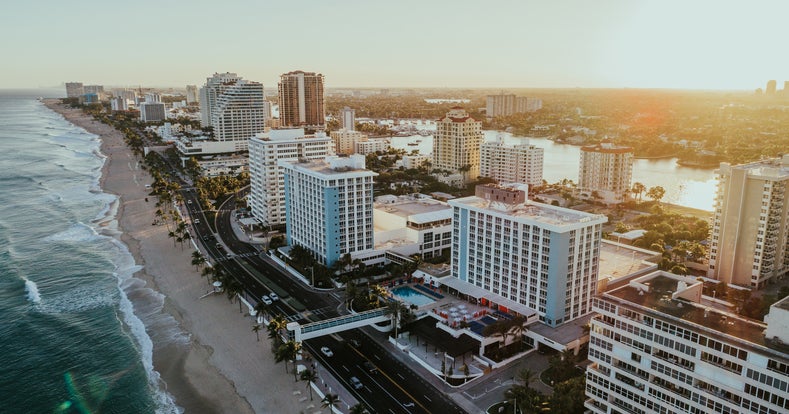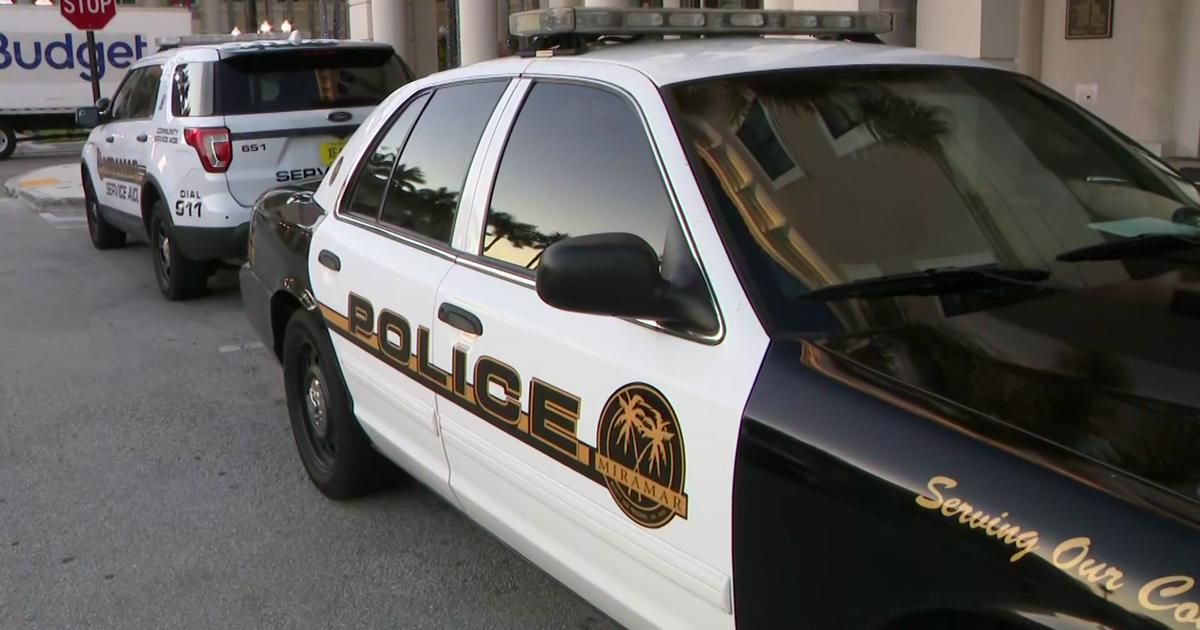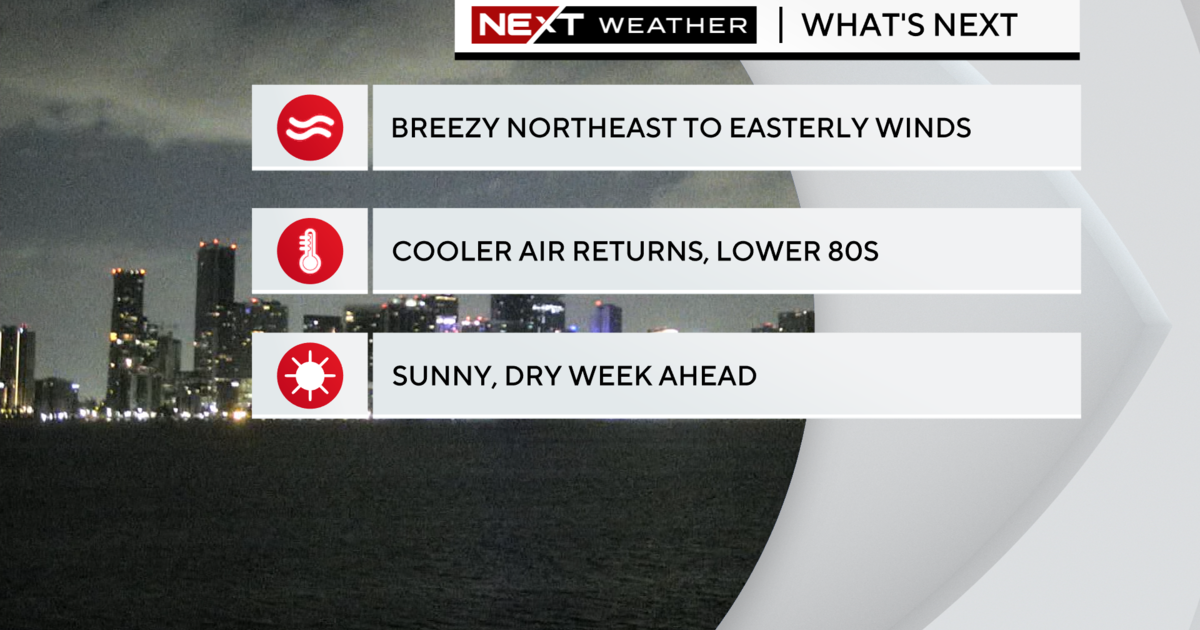One-Of-A-Kind Black History Experience Available In Fort Lauderdale
Follow CBSMIAMI.COM: Facebook | Twitter
MIAMI (CBSMiami) – February is Black History Month and in Fort Lauderdale, there's a 60-thousand square foot jewel with a one-of-a-kind black history experience. It's the African-American Research Library and Cultural Center in Florida and it's only the third of its kind in the U.S.
Visitors are greeted by an animatronic version of Sam Morrison who was a driving force behind the center's creation. A focal point is the centers Harrambe room. Harrambe means "Let's come together".
Local artist Gary Moore says the shape of the room illustrates the circle of family and its echo chamber effect bridges the present to the past.
"My scope was to do designs and illustrations that document and commemorate the history of blacks in Broward County," said Moore.
PHOTO GALLERY: FAMOUS LOCAL FACES FROM SOUTH FLORIDA
One of those is Dr. James Sistrunk. The center was built along the boulevard named for him.
Another panel is made up of flags of birthplaces of the immigrants of Broward County.
Also on display is what's often referred to as the 'Black American National Anthem.'
'Lift Every Voice and Sing' is by Jacksonville-born poet James Weldon Johnson.
"What's so amazing about this particular sort of song is that when the kids come here on school tours, they begin to sing the words automatically. It's a very famous poem," said Moore.
Even the floor in the Harrambe room has meaning.
"On both sides of us is the water and in the middle is a yellow line that symbolizes the lives of the Africans who were brought over here during the slave trade."
You can also take a trip back in time with the Center's Essie Denoms for an entirely different black history perspective.
"Today we're going to be giving you a tour of the 'Harlem Renaissance: The Great Expression'," said Denoms, Community Service Manager.
PHOTO GALLERY: FAMOUS FACES FROM BLACK HISTORY
In the 1920s, blacks migrated north to escape racism and hate crimes in the south. At the time, Harlem, a 3-square mile neighborhood in Manhattan, had the highest concentration of blacks in the world. But even there, rights for blacks were far from equal.
"Everybody's heard of the Cotton Club. It's very familiar, when they talk about Harlem they think of the Cotton Club. When I did my research on the Cotton Club, I discovered that it was a whites-only venue. If you were to work or be a server in there, you had to pass the paper bag test. If your skin tone was not lighter than this paper bag, you could not work there," explained Denoms. Blacks, could, however, dance alongside whites at 'The Savoy.'
Many of the exhibits are interactive and very popular with young visitors.
There are also books, photos, and art from the time period from the Center's special collections.
Denoms says the goal is to give young people a sense of what life was like for blacks nearly 100 years ago.
"Blacks were able to get their own sense of pride. They changed the stereotypes; people started listening to them, hearing their music, listening to their words and their literature. It was a great time for blacks, even though things were still not good."
The 'Harlem Renaissance Exhibit' will be on display at the African-American Research Library and Cultural Center through the end of April. The goal is to turn it into a traveling exhibit for libraries around the state of Florida.



